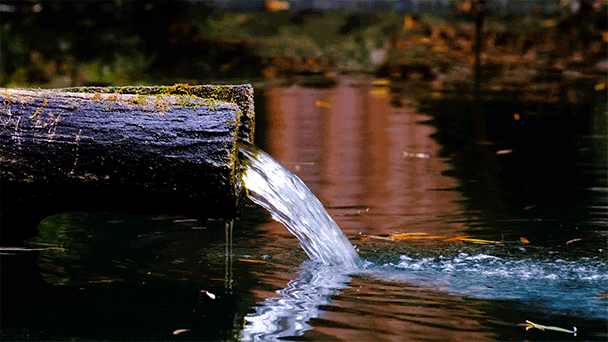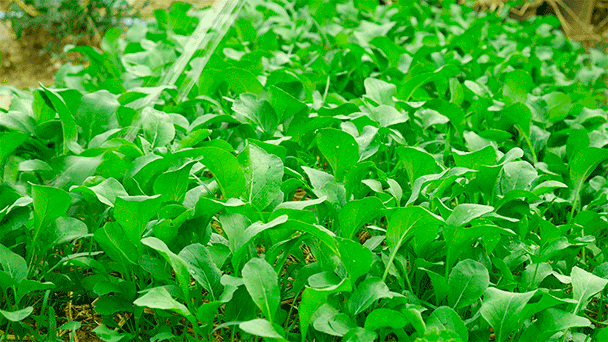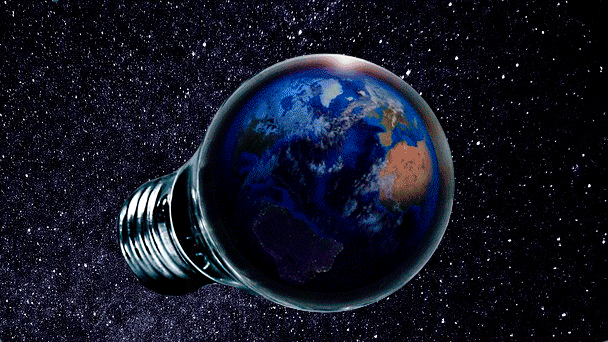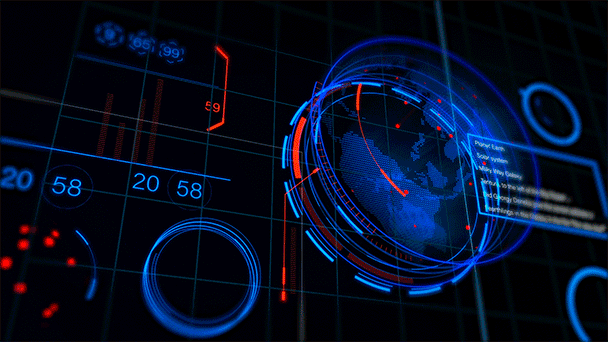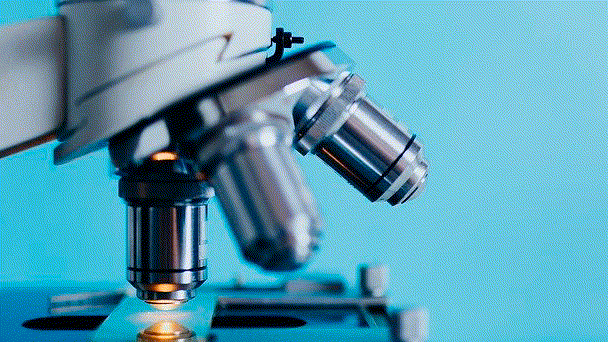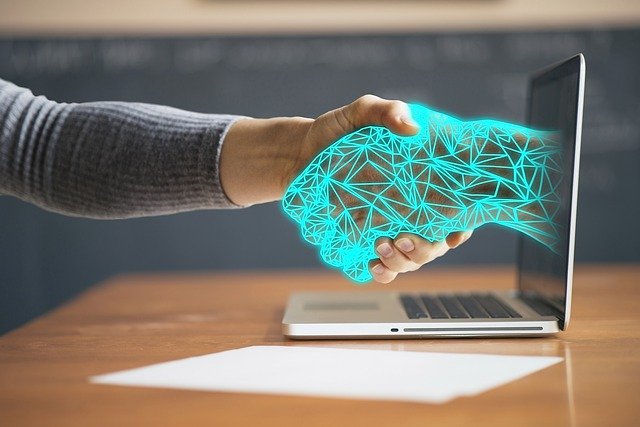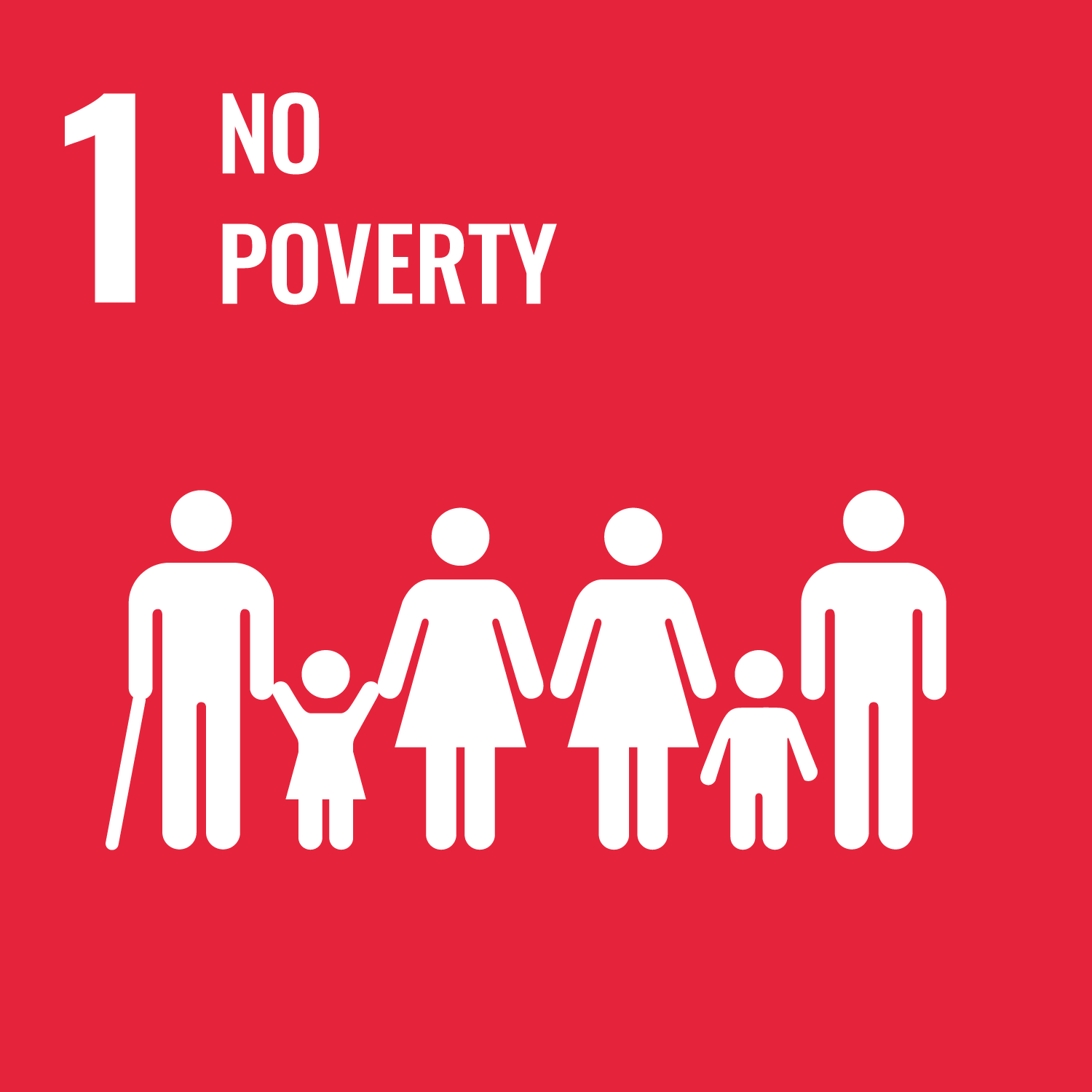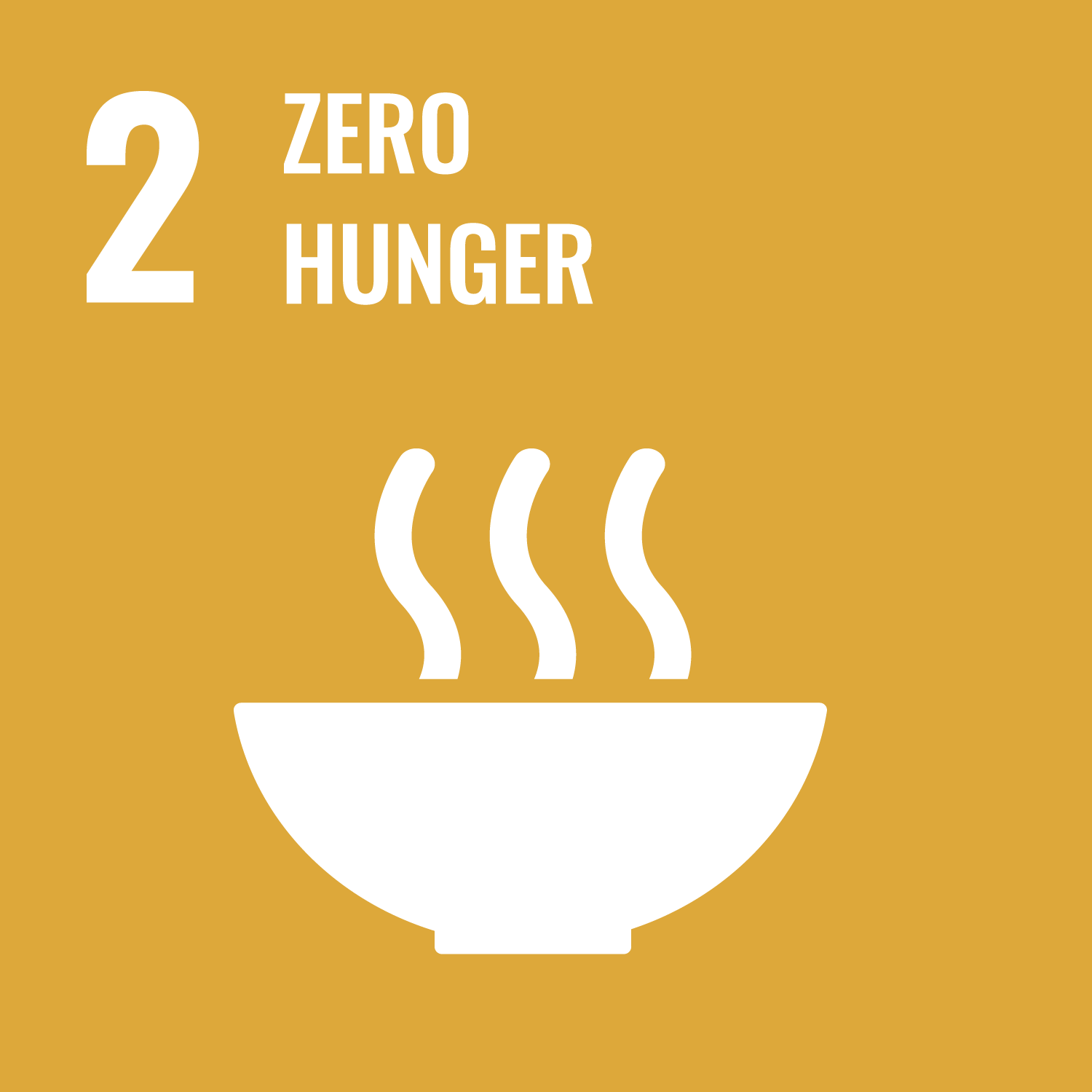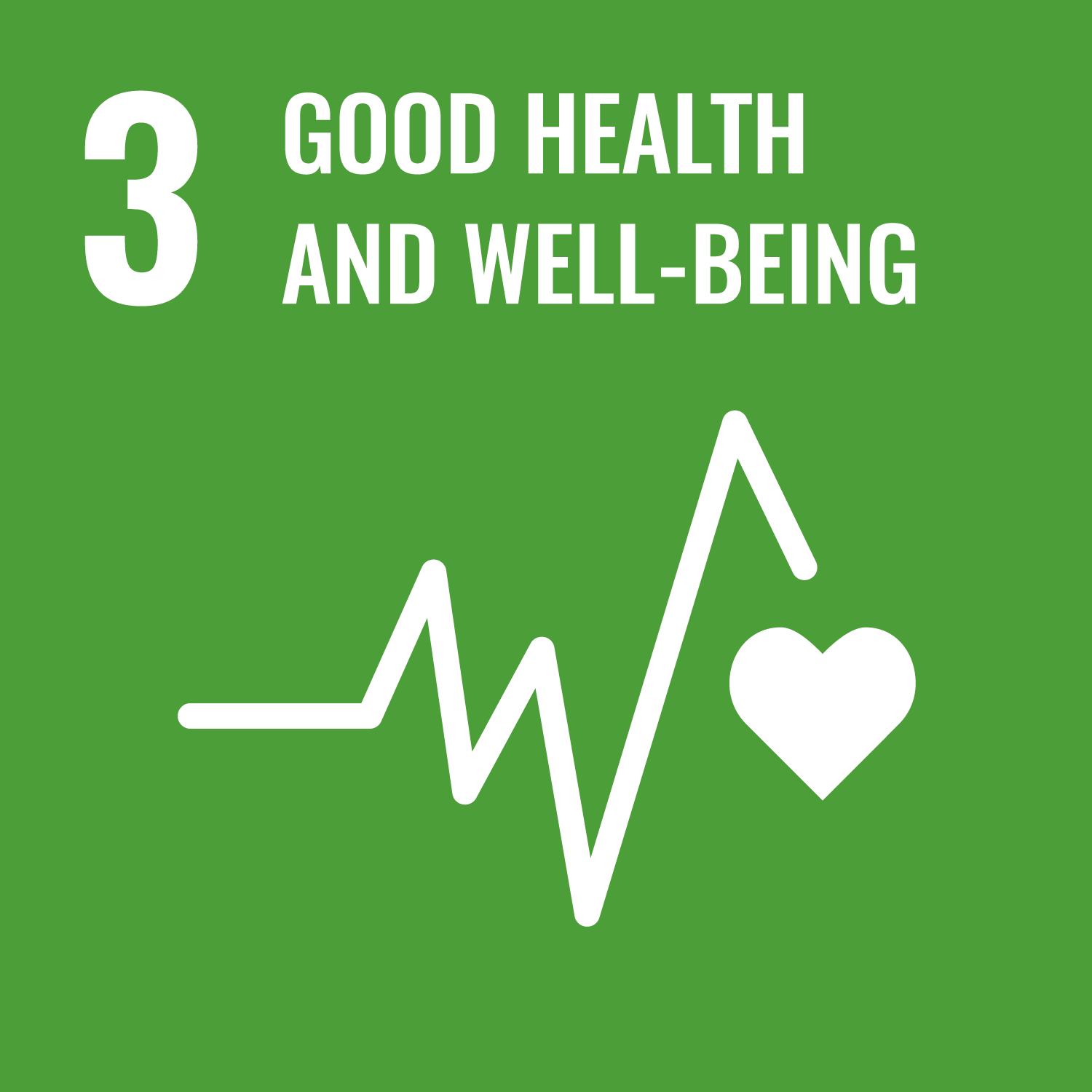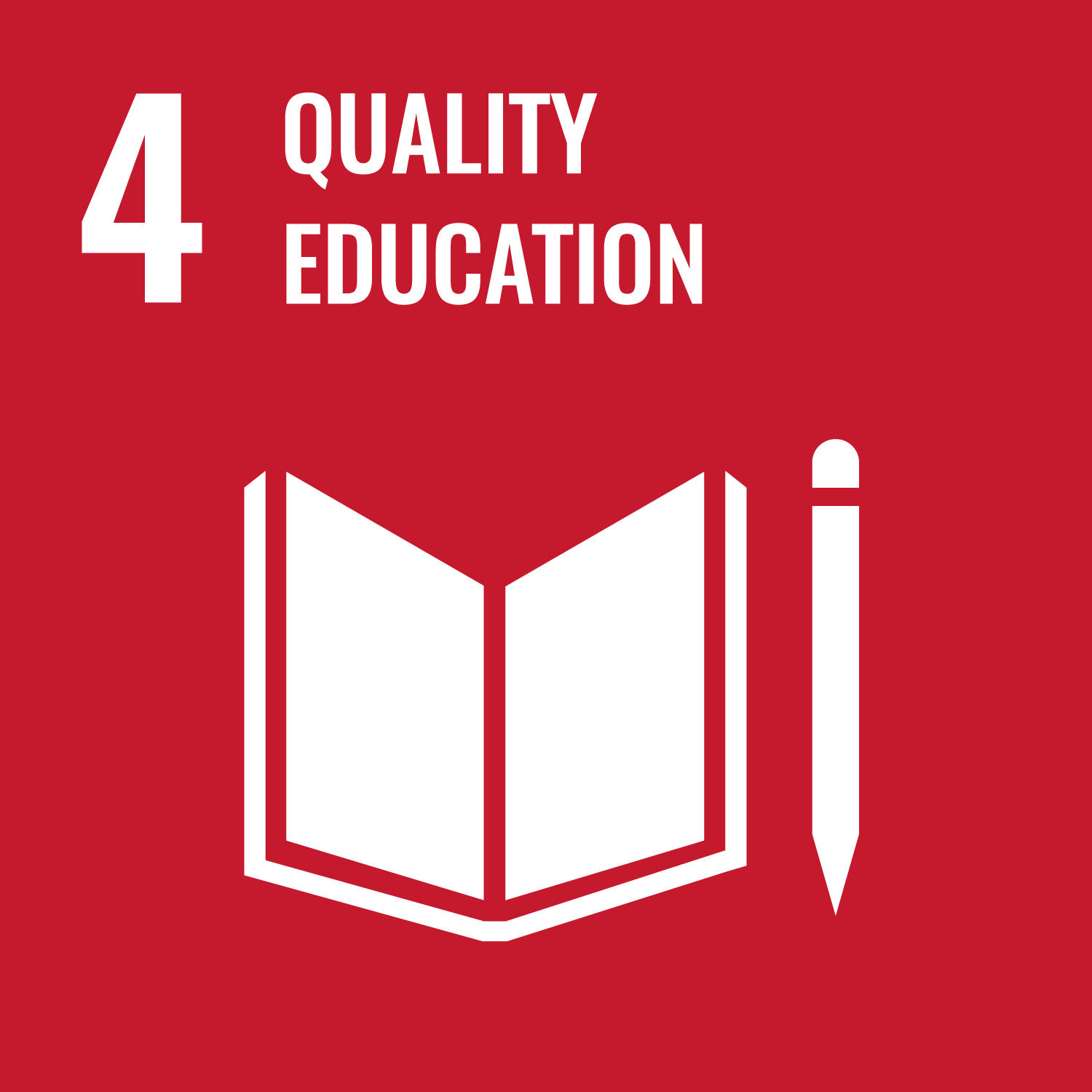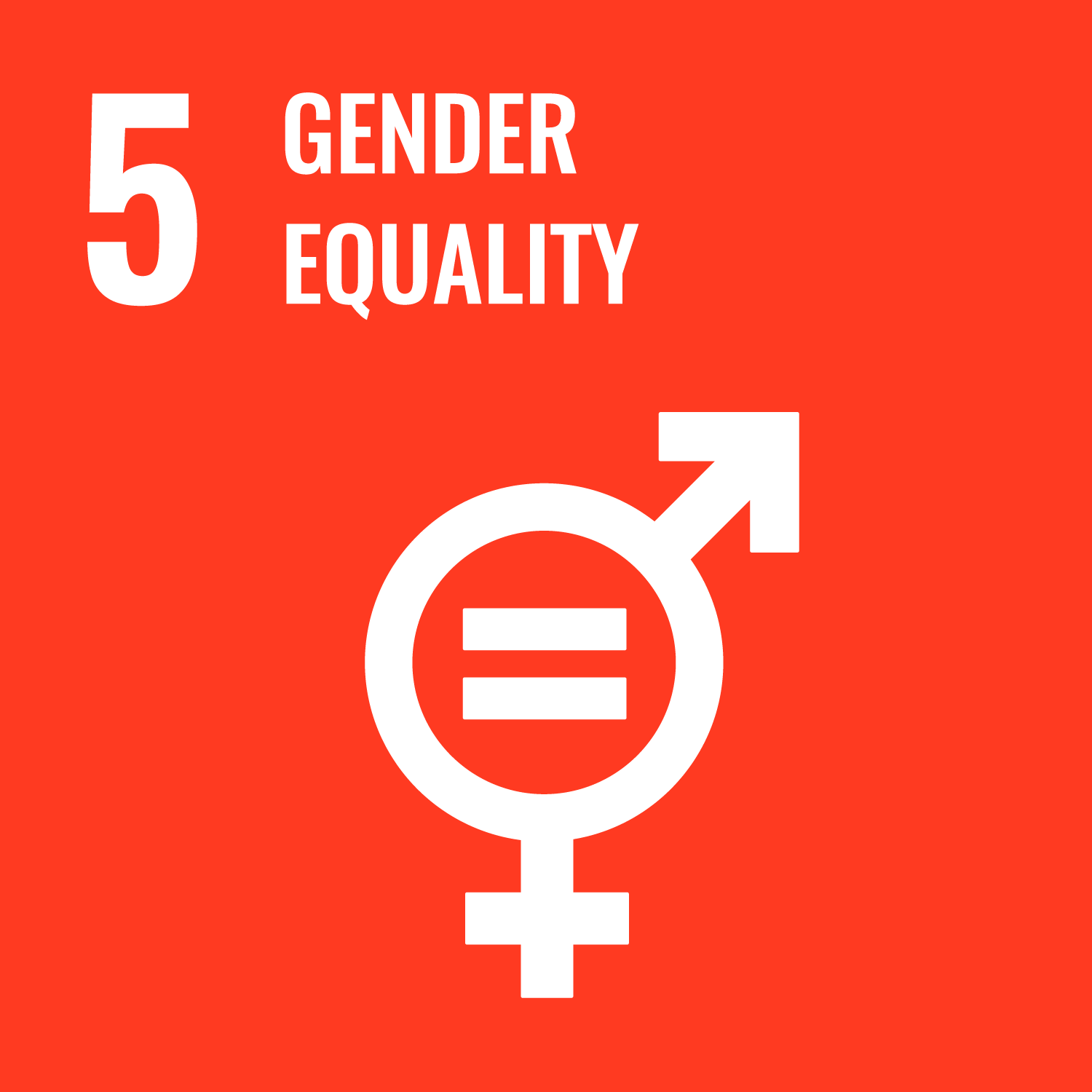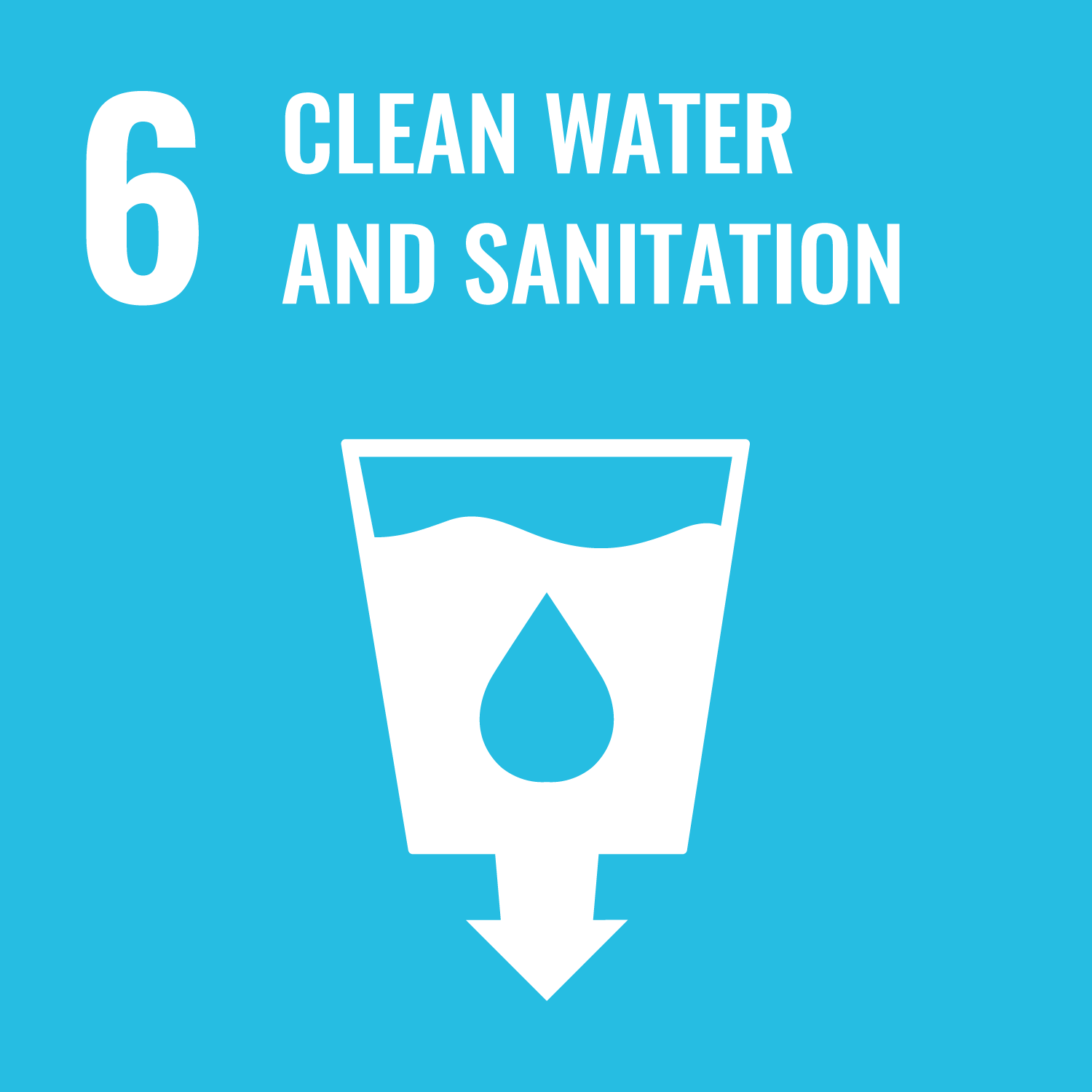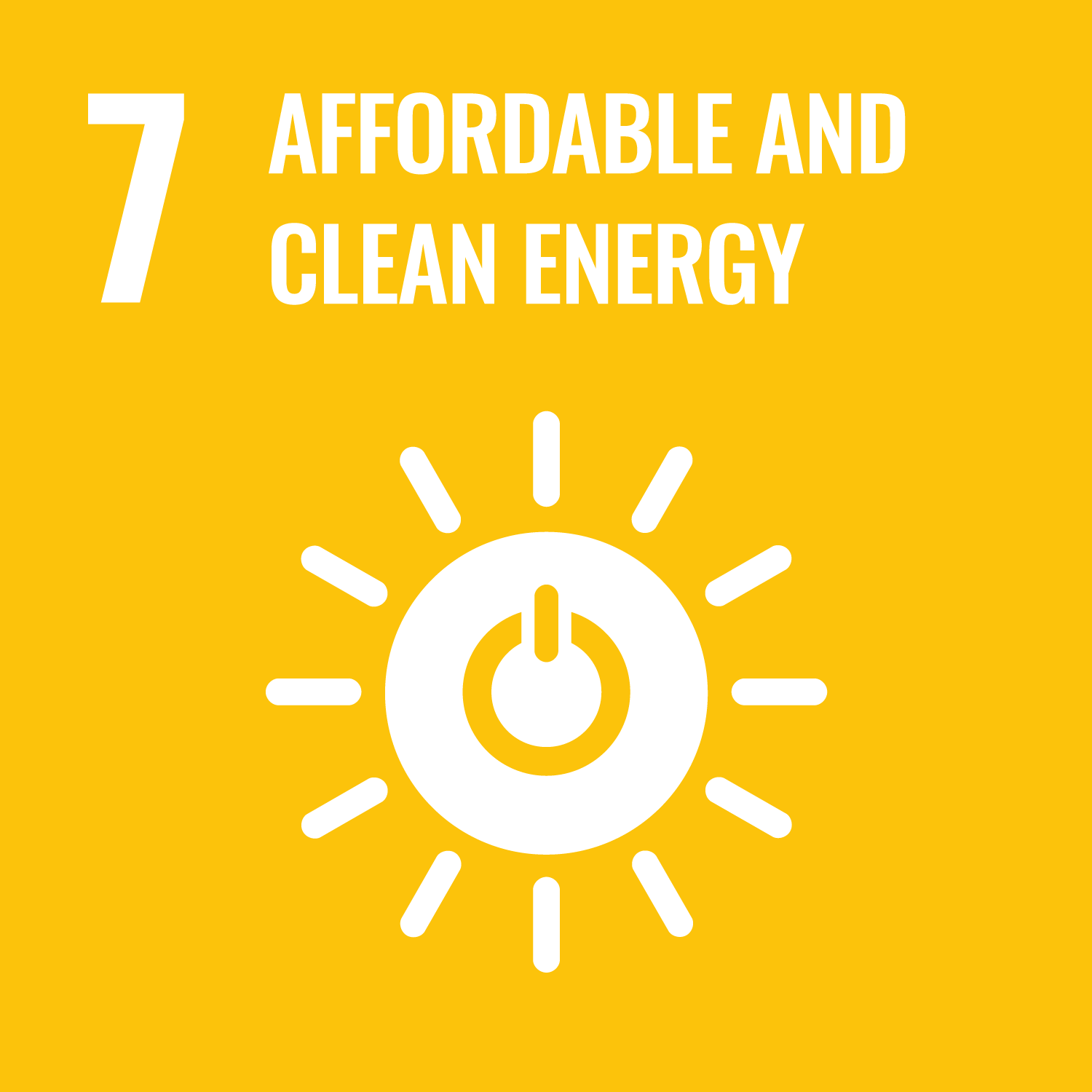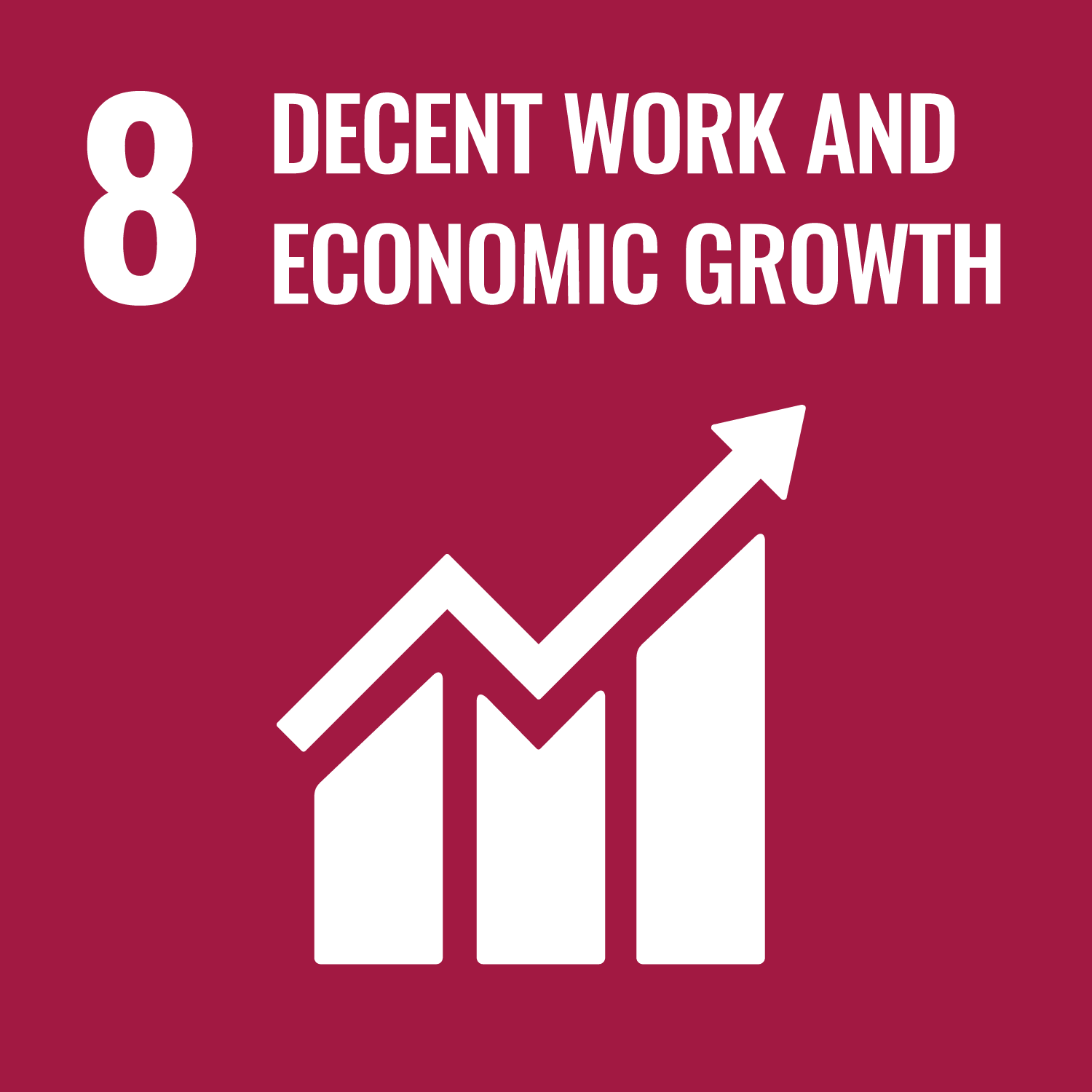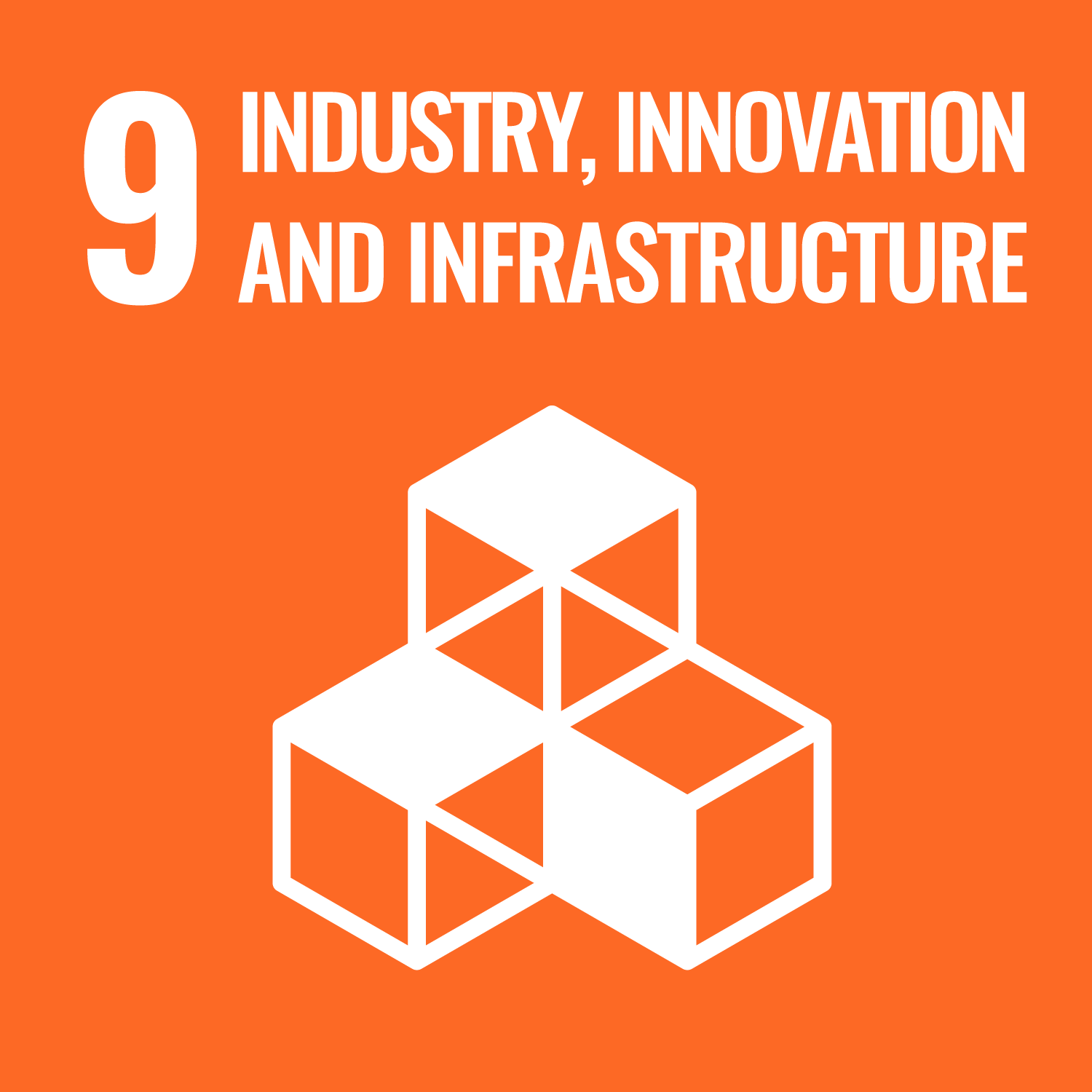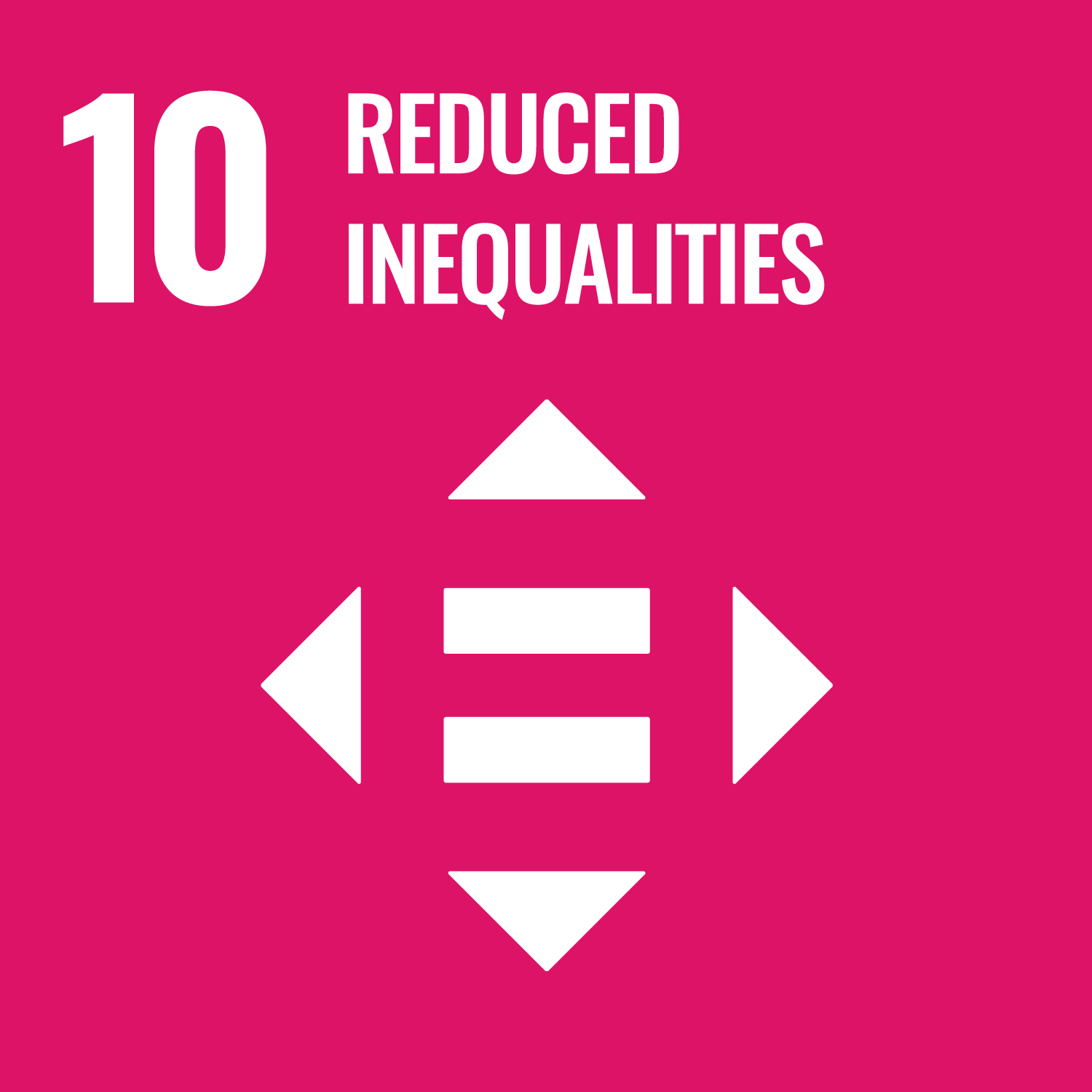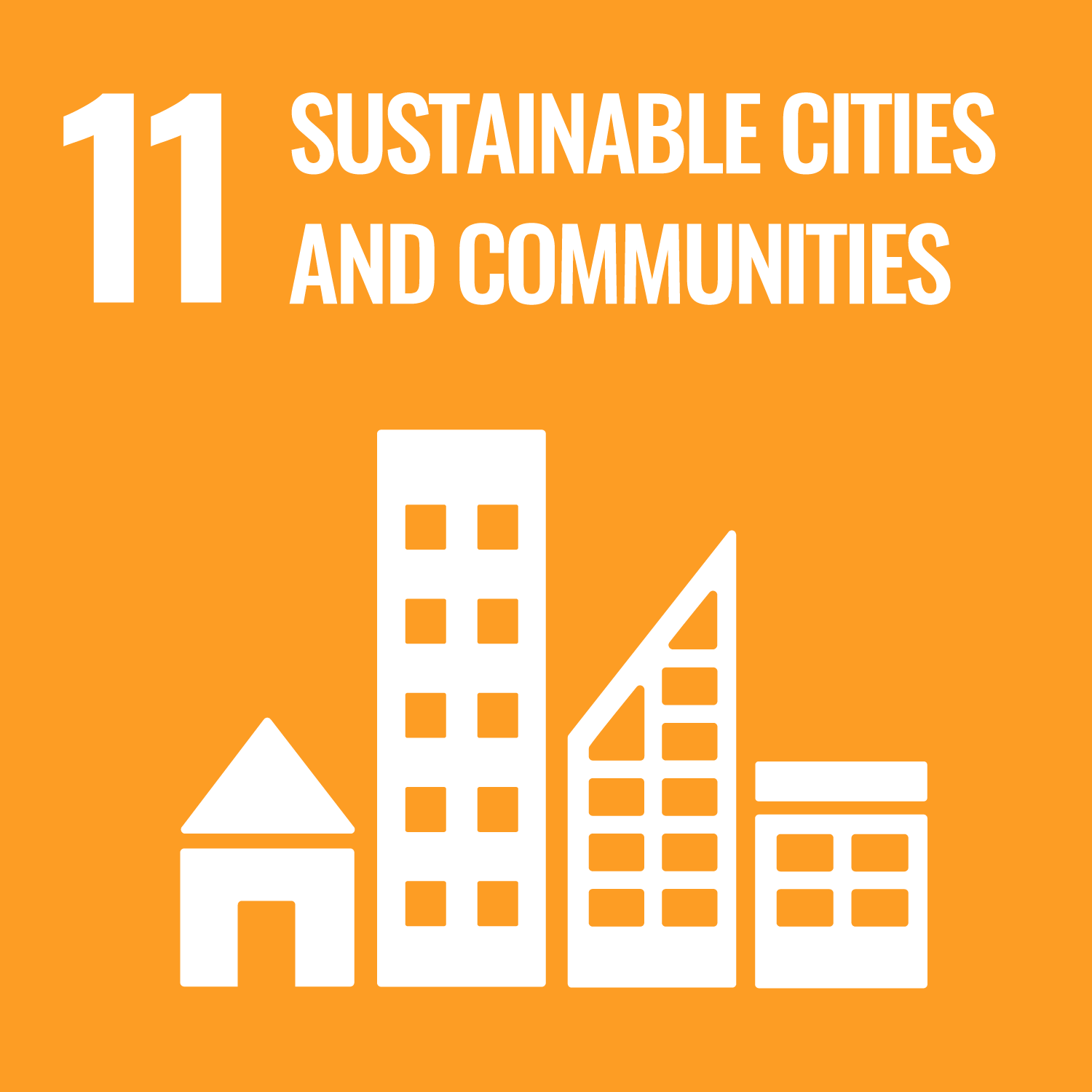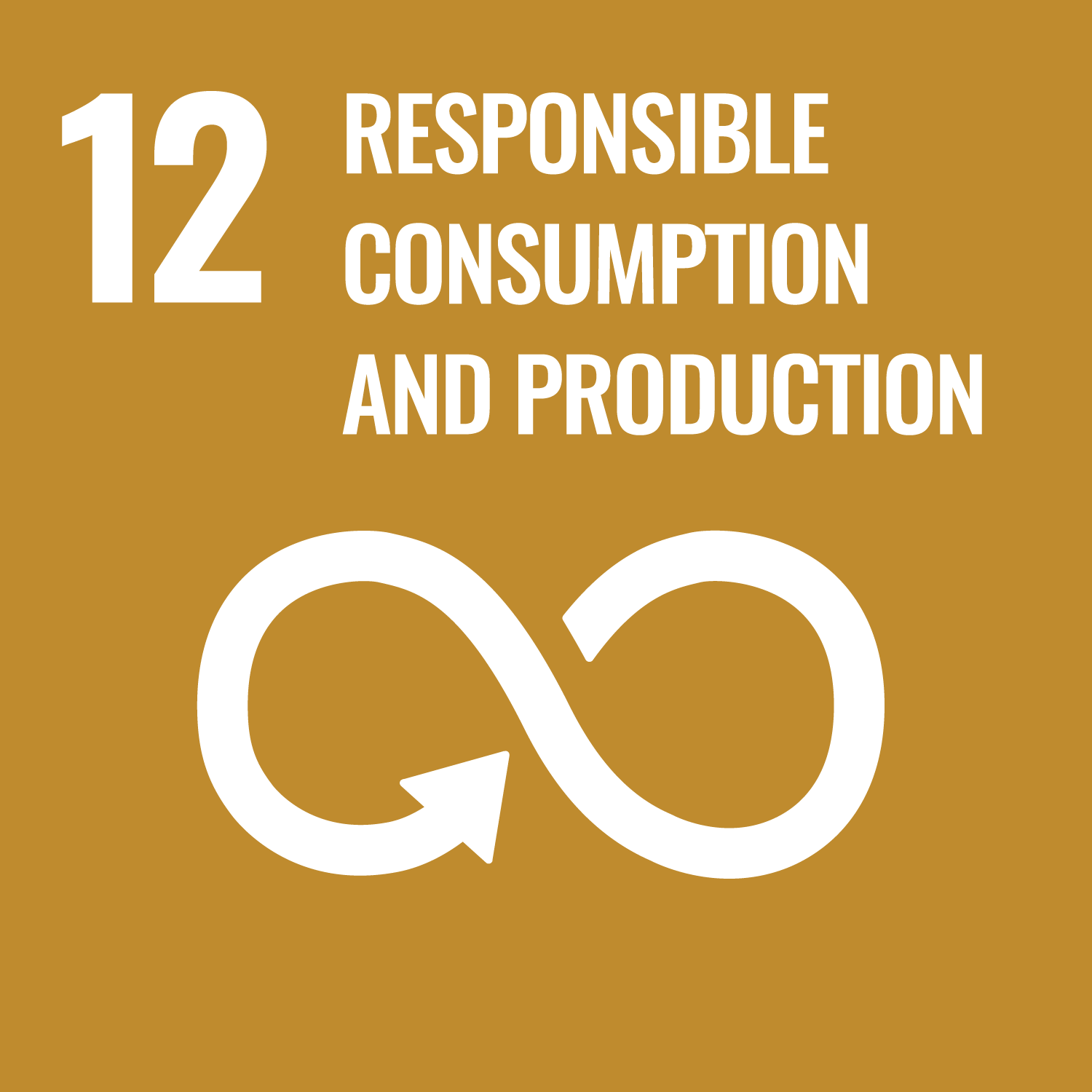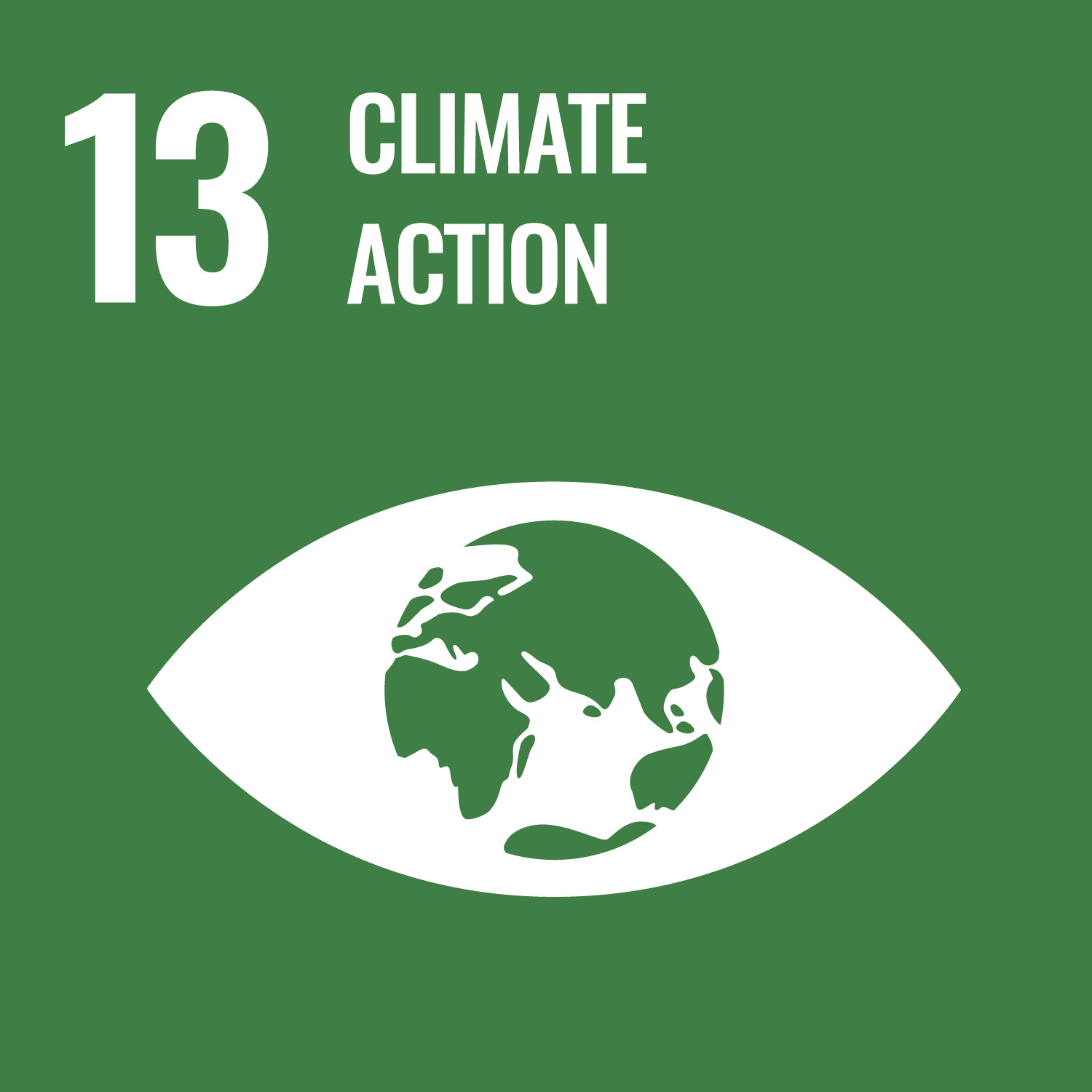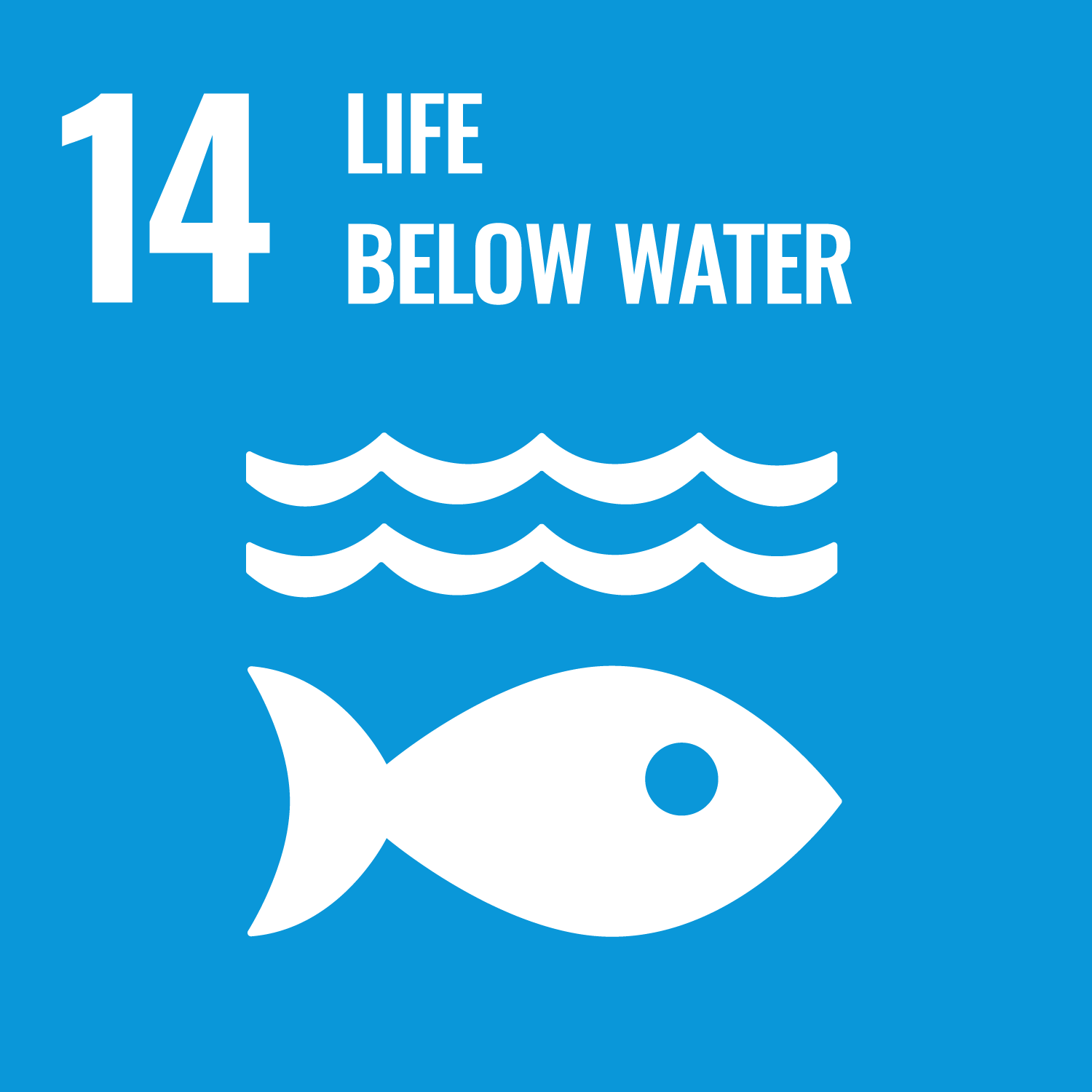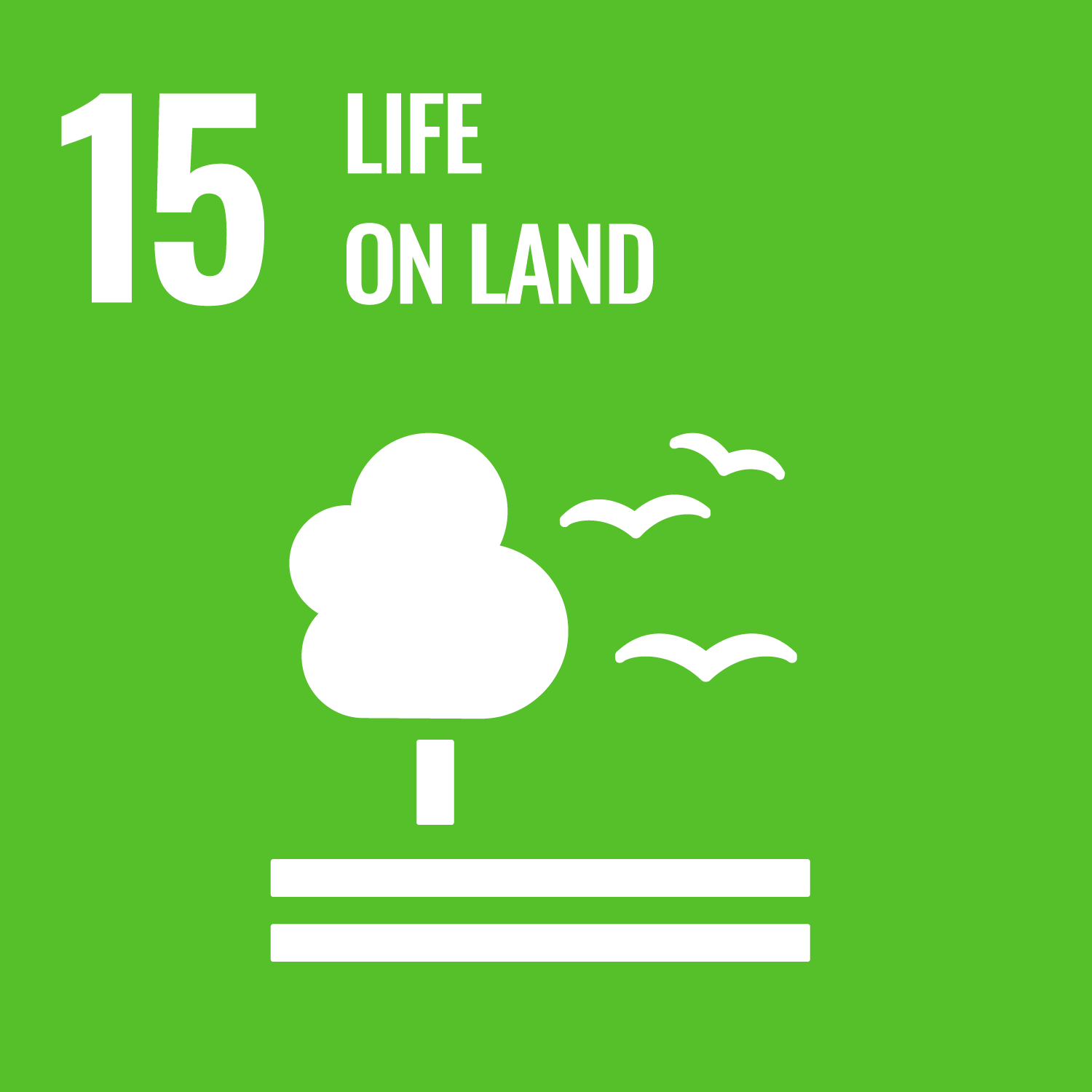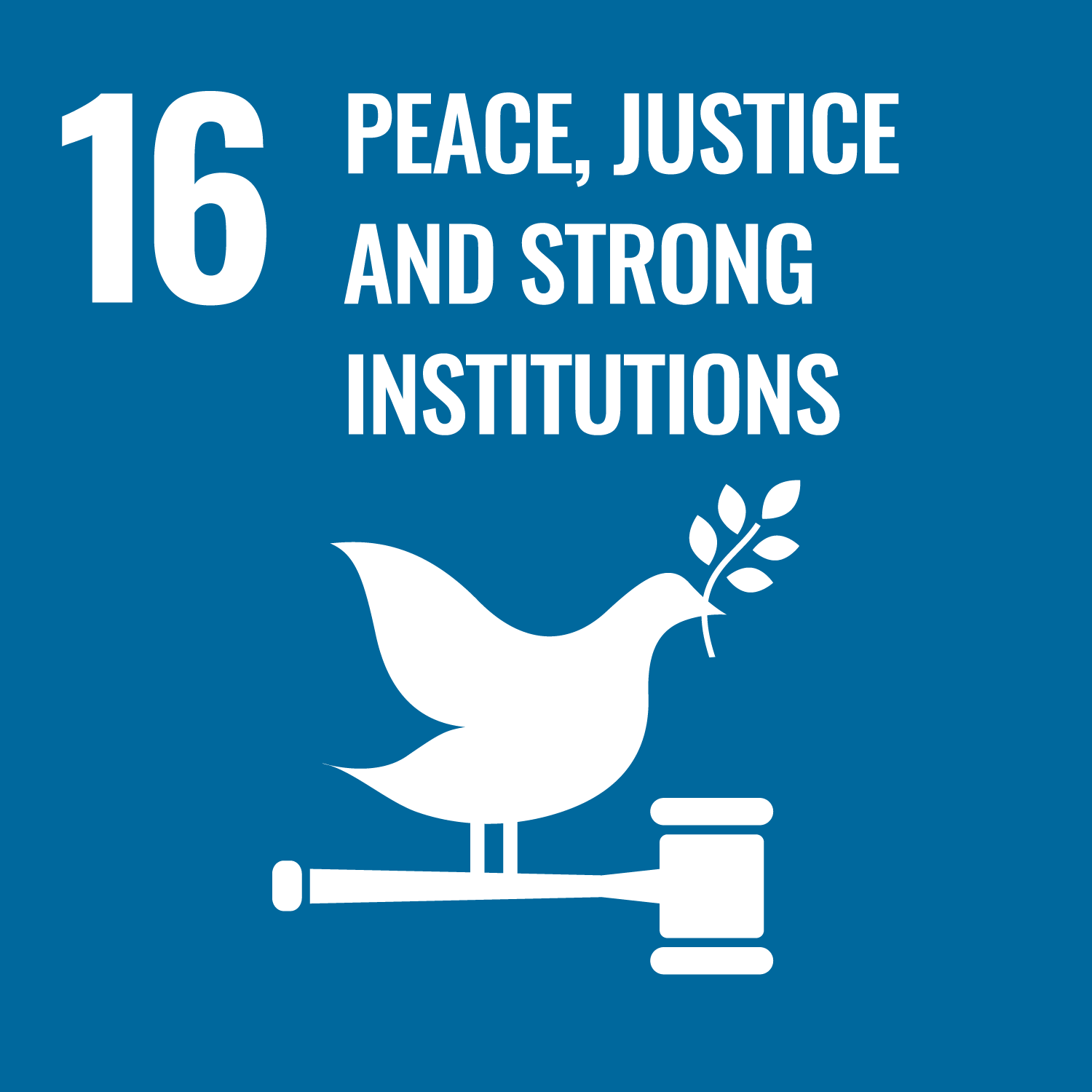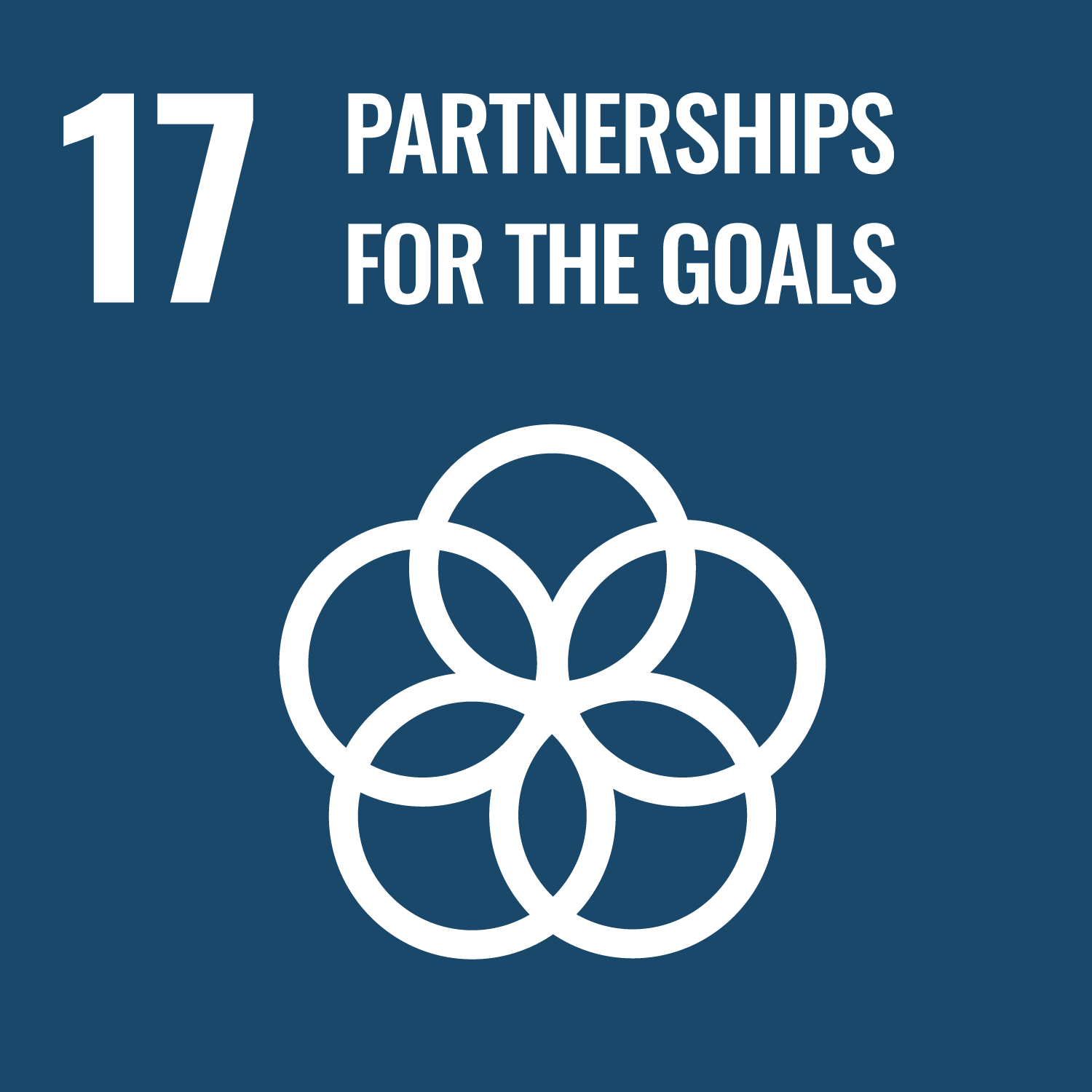Water is the most abundant resource on the planet, our blue planet Earth, and it is essential for our survival, yet water for human consumption is a scarce good. By 2030 water scarcity will affect more than 40% of the world’s population [1]. At the same time, the primary source of water consumption, the underground water, is more and more polluted, as more than 80% of wastewater from human activity is discharged without any prior treatment into rivers and seas [2]. As a result, 2.2 billion people are at health risk already [3]. On top of pollution and lack of appropriate wastewater treatment, the morphological changes, over-extraction, and climate change will only worsen the current situation.
Considering the water scenario, both the European Union and the UN, with the SDG goal 6 – ensuring water and sanitation for all by 2030, are pushing to revert the global water situation. For that, water treatment technology will be crucial to reach a sustainable future frame.
Food, like water, is a fundamental pillar for human beings, and both are closely linked. Agriculture uses a significant share (72%) of global freshwater resources [3] and consumes about 30% of the total energy consumption [4]. Hence, water and energy play a primary role in agriculture. However, as intersectoral competition for water intensifies and water scarcity increases, water use for food production will need a revision. Further, industrial agriculture has proven to be devastating to the environment and human communities, aggravated by the rapid expansion of cities and population. Thus, it will be mandatory to adapt agriculture to more sustainable practices and technology in the following years to lower water consumption, contamination, and dependency on non-renewable energy.






 We are the first InnoTech consulting firm based in the LATAM market that boosts the development of water, agriculture, energy, and digitalization technologies thanks to the bridges established with the European innovation and financing communities.
We are the first InnoTech consulting firm based in the LATAM market that boosts the development of water, agriculture, energy, and digitalization technologies thanks to the bridges established with the European innovation and financing communities.
